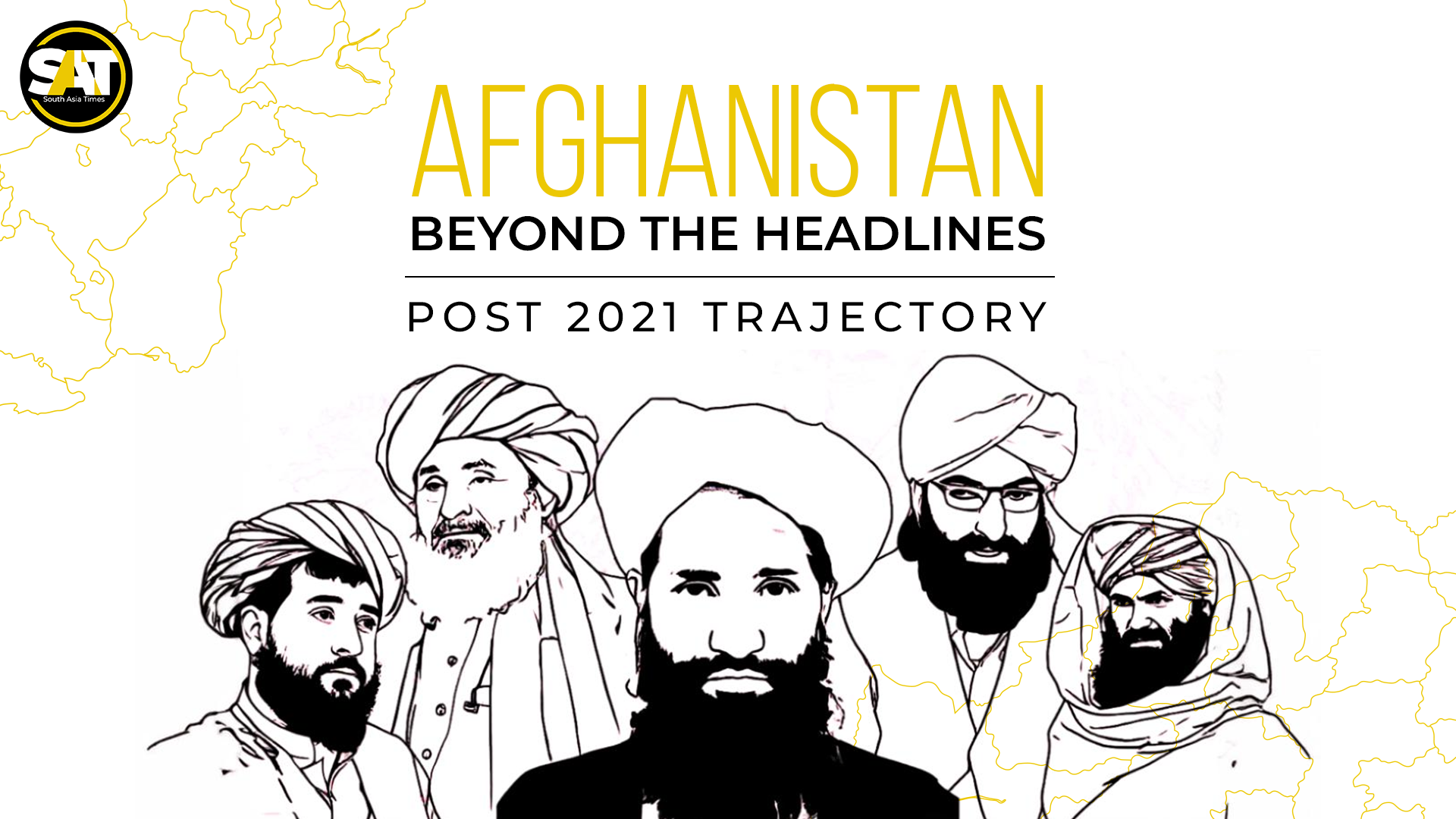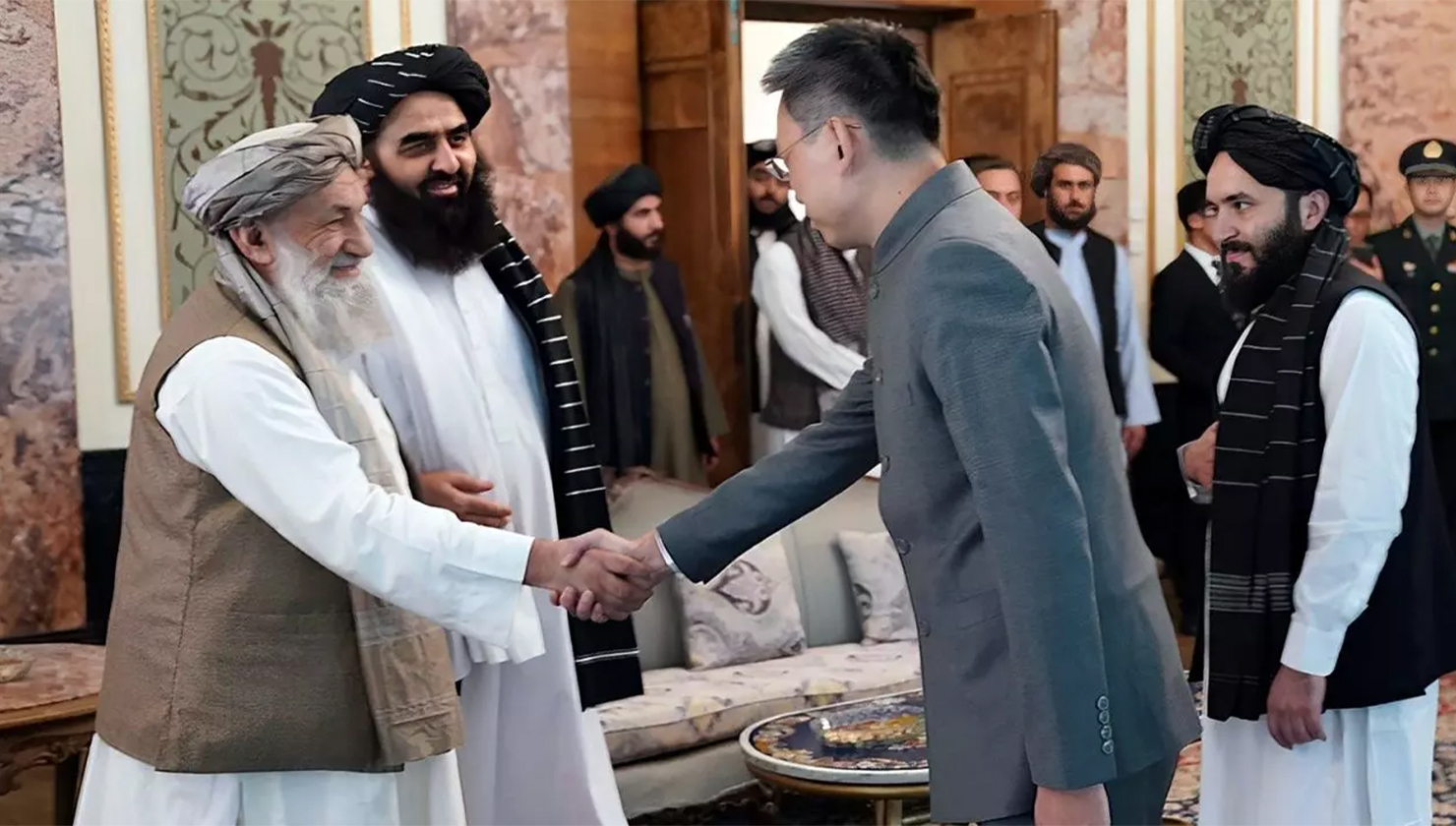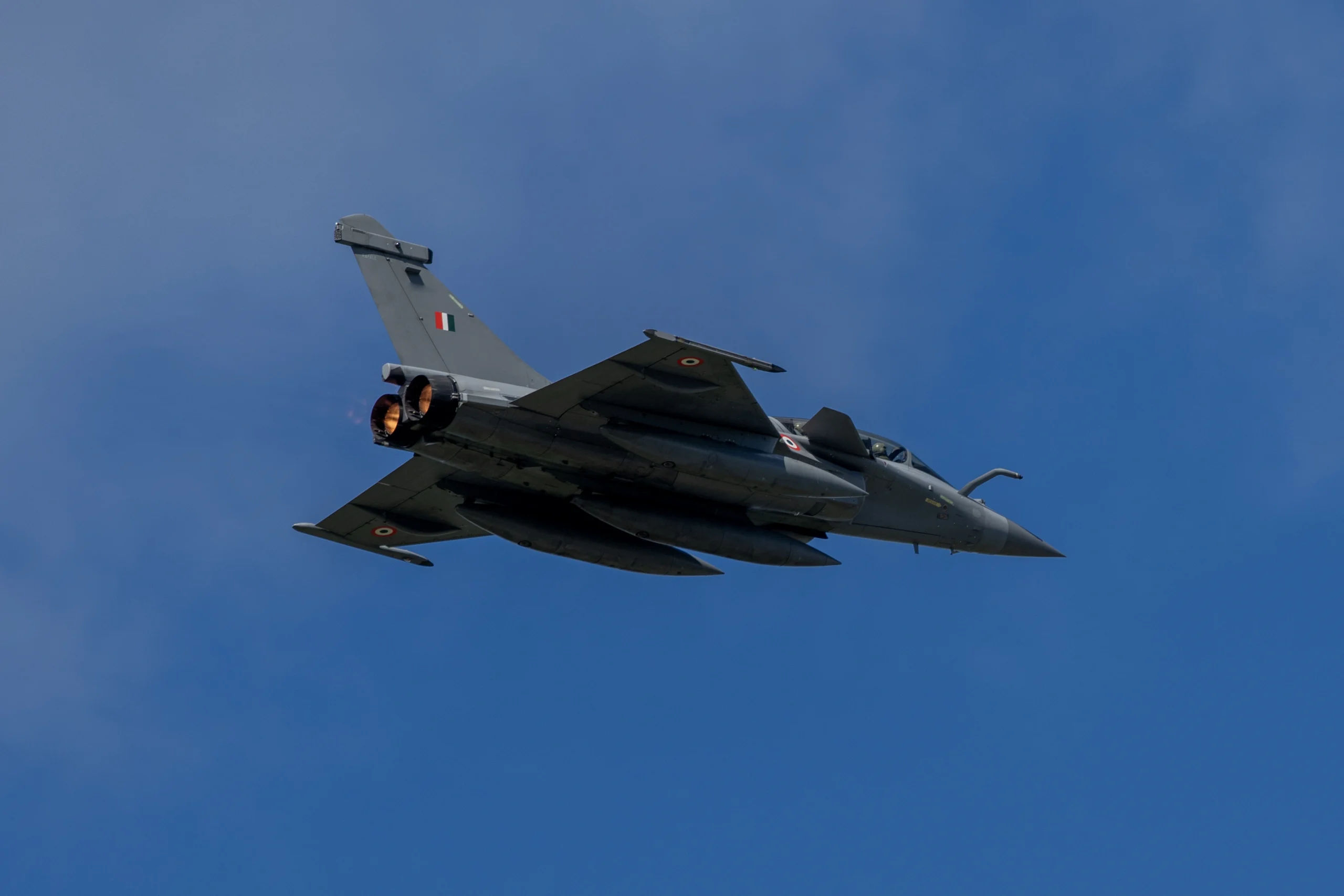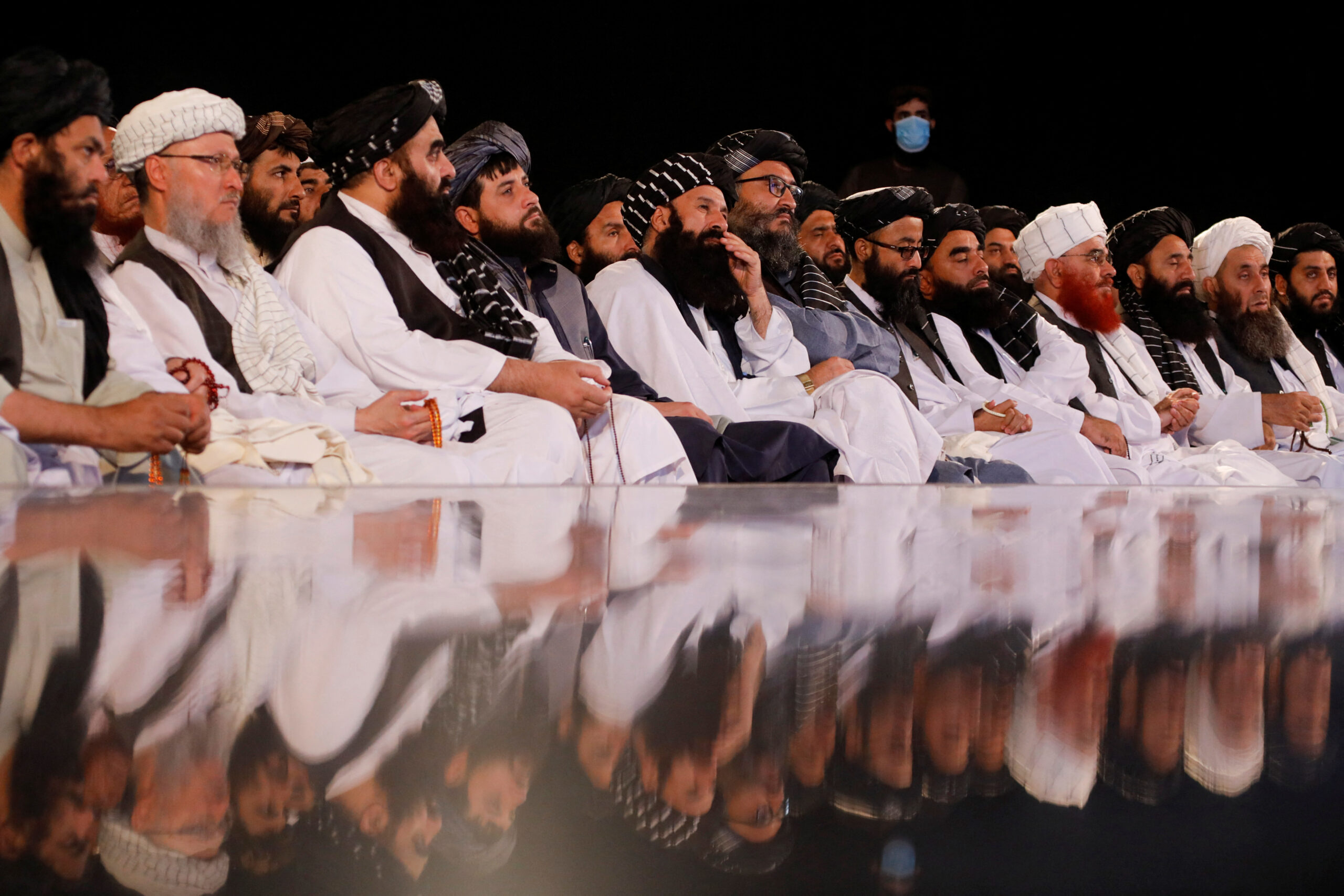Given India’s repertoire as the world’s largest democracy, the ongoing Lok Sabha Elections 2024 are of considerable significance. Their impact extends not only within India but also across South Asia and beyond. The event showcases the vibrance and complexity of its political landscape, which is charged with anticipation and strategic maneuvering.
The election campaign, set against the backdrop of significant socio-economic challenges and evolving geopolitical dynamics, sees India’s major political parties vying for control, including the incumbent Bharatiya Janata Party (BJP), which is led by India’s current Prime Minister Narendra Modi, and the Indian National Congress (INC), with key figures such as Rahul Gandhi at the forefront.
Additionally, regional parties and new alliances are slated to play influential roles, potentially altering traditional power structures and electoral outcomes. Despite it being too early to establish with clarity what the aftermath would entail, there is little doubt that this election will not only serve as a referendum on the performance of the current political dispensation but also set the stage for future policy directions and the role it would play on the global stage.
However, before exploring the current landscape of Indian politics, it’s crucial to reflect on the significant outcomes of the 2019 general elections, which set the stage for the present electoral dynamics and highlight key developments that have shaped the political discourse since then.
![Indian Lok Sabha Elections 2019 [Image via Al Jazeera]](https://southasiatimes.org/wp-content/uploads/2024/05/ef3bbd436fa04b9c84f5aa79de2bc120_18.webp)
A Recap
The 2019 general elections in India marked a significant victory for the BJP. Notably, BJP secured a substantial majority in the Lok Sabha, the lower house of India’s Parliament. The BJP acquired 303 out of 543 seats, reaffirming Modi’s leadership and the party’s political dominance. Meanwhile, the INC managed to secure only 52 seats, reflecting a need for introspection and strategic reevaluation within the party.
Since then, India has undergone numerous political, economic, and social transformations that have shaped the current political landscape.
COVID-19 Pandemic and Economic Impact
One of the most significant developments was the handling of the COVID-19 pandemic, which tested the government’s crisis management capabilities. The economic impact of the pandemic, including a contraction in GDP and subsequent recovery efforts, has been a critical subject. Yet, the government’s introduction of major economic reforms, such as the Atmanirbhar Bharat (Self-Reliant India) initiative and the Make in India campaign, aiming to boost domestic manufacturing and self-sufficiency, is notable in this regard.
Legislative Changes and Controversies
Perhaps the most contentious political change during this time was the abrogation of Article 370 of the Indian Constitution, which granted special autonomy to Jammu and Kashmir. This led to widespread debates and varying reactions across the political spectrum, including in neighboring Pakistan. Additionally, the controversial Citizenship Amendment Act (CAA) sparked nationwide protests and highlighted divisions regarding citizenship and minority rights, especially those of the increasingly demonized Muslim population.
![India implemented an ‘anti-Muslim’ 2019 citizenship law weeks before the Lok Sabha Elections 2024 [Image via AFP].](https://southasiatimes.org/wp-content/uploads/2024/05/cca85dc3634b4573ae421ca87604e71e_18-1024x675.webp)
Therefore, as India proceeds with the Lok Sabha Elections 2024, several key issues are unsurprisingly at the forefront of political discourse. Besides ideological predispositions, voters’ sentiments are informed by a myriad of factors, including the government’s economic policies affecting job creation, inflation, and economic growth. Moreover, issues such as healthcare, education, and social justice remain pivotal, as do climate change policies and sustainable development, which are of consequence for the younger electorate.
Most importantly, India’s foreign policy, especially its relations with neighboring countries like China and Pakistan, and its role in global organizations resonate with many voters and will be significant deciding factors. The almost perennial state of confrontation with Pakistan and the border tensions with China that have been exacerbated in the recent past have led to a heightened sense of criticality to national security in political debates.
Also Read: Lok Sabha Elections in India: Complexities and Challenges
India’s Lok Sabha Elections 2024: Voter Base and Controversies
Before debating possible outcome scenarios, it is essential to take into account India’s incredibly diverse electorate, which encompasses a wide range of socioeconomic, cultural, and regional backgrounds, and the environment in which it operates.
Economic Policies and Job Creation
With approximately 65% of India’s population under the age of 35, young voters represent a significant and influential demographic. Issues such as employment, education, and climate change are naturally particularly relevant to this group. Here, it is also essential to distinguish between rural and urban voters. Rural constituents, comprising around 65% of the population, often prioritize agricultural policies, rural development, and basic infrastructure. Conversely, urban voters are more concerned with job opportunities, infrastructure, and technological advancements.
Demographics, Communal Violence, and National Security
Befalling these broad categorizations are demographics of caste and religious community groups. Given the BJP’s emphasis on Hindu nationalist ideology, there is little surprise that caste dynamics continue to play an influential role in Indian elections, especially in the current environment with increasing polarization and rapidly eroding Indian secular character. Notably, during a campaign rally in Rajasthan, Modi referred to Muslims as “infiltrators”. He also suggested that the opposition, if elected, would distribute wealth among those who have more children, implicitly targeting Muslims.
![India's Congress party leader Rahul Gandhi, and his sister Priyanka Gandhi Vadra greeting supporters during a roadshow on April 3, 2024 [Image via AFP]](https://southasiatimes.org/wp-content/uploads/2024/05/AFP__20240403__34ND4B7__v1__Preview__IndiaPoliticsVote-1712146855.webp)
Moreover, Mahesh Kisanrao Landge, a BJP MLA, threatened a repeat of the Babri mosque demolition and labeled Muslim localities in Pune as “terrorist hubs.” Another BJP leader and Union Minister of Jal Shakti, Gajendra Singh Shekhawat, made inflammatory statements during an election rally in Barmer, Rajasthan, advocating violence against those who speak against Sanatan Dharma. He specifically mentioned pulling out tongues and plucking out the eyes of individuals who criticize this religious tradition.
While the use of religious rhetoric and symbolism in election campaigns has heightened communal tensions and raised questions about the inclusivity of India’s democratic framework, other controversial aspects of the campaign must also warrant consideration.
Electoral Bonds and Campaign Financing
One such issue is electoral bonds and campaign financing, introduced in 2017 as a means for individuals and corporations to donate to political parties anonymously. However, critics argue that this system lacks transparency and disproportionately benefits the ruling party, which is perceived to have better access to corporate donors, raising questions pertaining to the influence of money in politics and potential conflicts of interest.
Fake News and Disinformation Through Social Media
Furthermore, the proliferation of fake news and disinformation through social media platforms has surfaced as a major concern. Accusations have been levied at both major parties, and especially the BJP, of using social media to spread misinformation and polarizing content to sway public opinion. This includes the dissemination of misleading information about opponents and the creation of a highly charged and often divisive political discourse.
Allegations of the BJP misusing state machinery to gain an electoral advantage have also risen to the fore, including the alleged targeting of political opponents and dissenters by central investigative agencies like the Enforcement Directorate (ED) and the Central Bureau of Investigation (CBI). Opposition parties claim that these actions are politically motivated and intended to intimidate and weaken their campaigns.
This brings us to the state of free speech and media freedom in the country, wherein journalists and media outlets, particularly those critical of the government, have faced intimidation, legal action, and violence. Concerns with regard to the accuracy of electoral rolls and potential voter suppression have also emerged. There have been reports of errors and discrepancies in the voter lists, including the exclusion of eligible voters and the inclusion of ineligible ones. Additionally, measures such as stringent voter ID requirements have been criticized for potentially disenfranchising vulnerable populations, including the poor and marginalized communities.
![A protest by the Gujjar and Bakerwal communities against Indian government's quota move in Srinagar [Image via Al Jazeera/Gujjar-Bakerwal Youth Welfare Conference]](https://southasiatimes.org/wp-content/uploads/2024/05/gujjar-1708584601.webp)
Promises and Strategies
The BJP, which has been in power for a decade, has made its achievements the linchpin of its election campaign, emphasizing economic reforms, infrastructure development, and national security. Its grandstanding promises include furthering the Atmanirbhar Bharat initiative, expanding digital infrastructure, and enhancing social welfare schemes such as Ayushman Bharat (healthcare) and Pradhan Mantri Awas Yojana (housing). The party has also highlighted its handling of the COVID-19 pandemic much more favorably than the opposition, particularly the vaccination drive and economic recovery efforts.
Strategically, it continues to leverage its robust social media presence and grassroots mobilization through its vast network of party workers and affiliated organizations like the Rashtriya Swayamsevak Sangh (RSS). The party also focuses on consolidating its base among various social groups, including lower-income communities and rural voters, by promoting targeted welfare programs and economic opportunities.
Of Indian Political Parties
The Indian National Congress (INC), meanwhile, aims to revitalize its position as a primary alternative to the BJP, working to present a unified front and reinvigorate its organizational structure to better compete in the 2024 elections. INC campaign is largely focused on critiquing the BJP’s economic and social policies, advocating for greater social justice, inclusive growth, and protection of democratic institutions. It has vowed to implement comprehensive economic reforms to address unemployment and inflation, improve public healthcare and education, and ensure farmer welfare through policies like the Minimum Support Price (MSP) guarantee.
INC and INDIA
Furthermore, through its involvement in the Indian National Developmental Inclusive Alliance (INDIA), a coalition of over two dozen opposition parties, including powerful regional players like the Aam Aadmi Party and the Trinamool Congress, the INC aims to consolidate opposition votes and present a robust counternarrative to the BJP’s policies.
Of Alliances
Analysts believe that if the alliance can maintain its unity and effectively mobilize popular support, it could pose a substantial threat to the BJP’s dominance. However, internal differences and the challenge of coordinating among various regional and national interests remain significant hurdles for the alliance.
In spite of these challenges, the Congress party has recently seen some electoral success, such as its victory in the Karnataka state elections. This has provided a morale boost and a proof of concept that a united opposition can effectively challenge the BJP’s electoral machinery. The party has also brought to attention its historical legacy and contributions to the development of India in a bid to reconnect with traditional voter bases that have shifted towards the BJP in recent years.
Political Parties, Alliances, and the Electoral Landscape
In addition to these key players, regional parties—such as the All India Trinamool Congress (TMC) in West Bengal, Dravida Munnetra Kazhagam (DMK) in Tamil Nadu, and the Samajwadi Party (SP) in Uttar Pradesh—also play a crucial role in India’s electoral landscape. Not only are they likely to be influential in their respective states, but they hold significant sway in state-level politics and form key components of national coalitions.
Thus, the formation of alliances is a strategic imperative for both national and regional parties, especially in states where neither the BJP nor the Congress has a dominant presence and thereby would be pivotal in securing a parliamentary majority. On the one hand, the BJP is likely to continue its coalition-building under the National Democratic Alliance (NDA), partnering with parties like the Janata Dal (United) in Bihar and the Shiv Sena (Shinde faction) in Maharashtra.
On the other hand, the INC will look to strengthen its United Progressive Alliance (UPA) by securing partnerships with regional heavyweights. This includes the Nationalist Congress Party (NCP) and the Jharkhand Mukti Morcha (JMM), among others.
![India's Lok Sabha Elections 2024 [Altaf Qadri/AP Photo]](https://southasiatimes.org/wp-content/uploads/2024/05/AP24080336057792-1711687121-1024x1024.webp)
Predictions and Potential Outcomes
The seventh and final phase of the Lok Sabha Elections 2024 will be held on the 1st of June. In this phase a total of 904 candidates will contest for 57 parliamentary constituencies, with Uttar Pradesh and Punjab contributing 13 seats each, followed by West Bengal with nine seats, Bihar with eight seats, Odisha with six seats, Himachal Pradesh with four seats, Jharkhand with three seats, and the Union Territory of Chandigarh with one seat.
Until the counting of votes and the eventual announcement of results on June 4, political analysts and voters will remain actively engaged in forecasting potential outcomes based on current trends, voter sentiments, and past performance.
Opinion Polls and Surveys
According to various opinion polls and surveys, the BJP will continue to be a formidable force, benefiting from its established voter base and organizational strength.
If it manages to secure a majority, it will likely continue its current policy trajectory, emphasizing economic self-reliance, infrastructure development, and strong national security measures. This could lead to sustained political stability, a continuation of Modi’s vision for India’s future, as well as persistent polarization on issues such as religious identity and citizenship laws.
As per NDTV’s poll of opinion polls, the BJP is projected to secure a third consecutive term, albeit falling short of its ambitious “abki baar, 400 paar” target. The BJP-led National Democratic Alliance (NDA) is forecasted to win 372 of the 543 contested seats, with the Congress-led INDIA alliance expected to secure 122 seats. The remaining 49 seats, meanwhile, are anticipated to go to parties not allied with either side.
This predicted outcome is indicative of a narrowing of the gap between the ruling party and the opposition compared to the 2019 elections. While the NDA’s expected seat tally represents a 3.4% increase over its 2019 performance, the INDIA alliance is projected to see a 35% increase in seats.
Regional Dynamics
On a regional basis, opinion polls reveal that the BJP and its allies are likely to perform well in states such as Uttar Pradesh, Bihar, and Madhya Pradesh, potentially winning a significant majority of the seats. In states like Maharashtra and West Bengal, the BJP is expected to engage in intense battles with regional parties but may still emerge with certain advantages. Similarly, the BJP could make gains in the southern states, particularly in Karnataka, while facing competition from regional parties such as the Yuvajana Sramika Rythu Congress Party in Andhra Pradesh and the Bharat Rashtra Samithi in Telangana.
Overall, while the NDA is predicted to maintain its dominance, the projected outcome suggests a dynamic electoral landscape with potential shifts in various regions of the country. On the international stage, a BJP victory will likely continue India’s assertive foreign policy, emphasizing strategic partnerships, particularly with the United States and other Quad members, and a robust stance on security issues with neighboring countries.
Future Trajectories
The diverse range of possible outcomes illustrates the significance of these elections not only for India but also for its sphere of political influence. As a nation of 1.4 billion people, with 970 million of those eligible for voting, India’s electoral process serves as a barometer of democratic health and political stability, shaping global perceptions and diplomatic relations.
More than ever before, perhaps, the projections necessitate a deeper reflection on the state of Indian democracy, including issues of inclusivity, transparency, and the controversial role money and media play in politics. Regardless of electoral victories and arithmetic gains, the true measure of success will undoubtedly lie in the ability of the elected representatives to address the prevailing socio-economic challenges, safeguard democratic institutions, and uphold the principles of pluralism and secularism India has prided itself in on the international stage until now.
The views expressed in this article are the author’s own. They do not necessarily reflect the editorial policy of the South Asia Times.

![India's Lok Sabha Elections 2024 is a high-stakes contest shaping democracy, economy, and global influence amidst socio-political challenges [Image via Al Jazeera].](https://southasiatimes.org/wp-content/uploads/2024/05/2024-04-19T054312Z_1253545375_RC2F97AGX45B_RTRMADP_3_INDIA-ELECTION-1713505778-1.webp)





